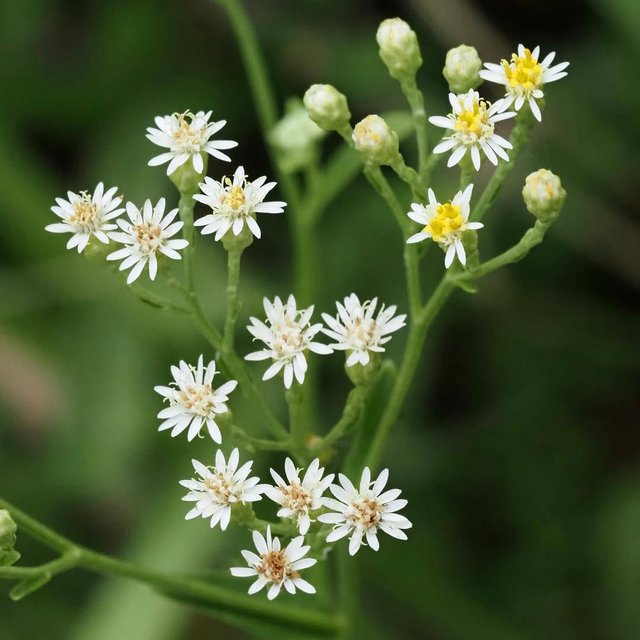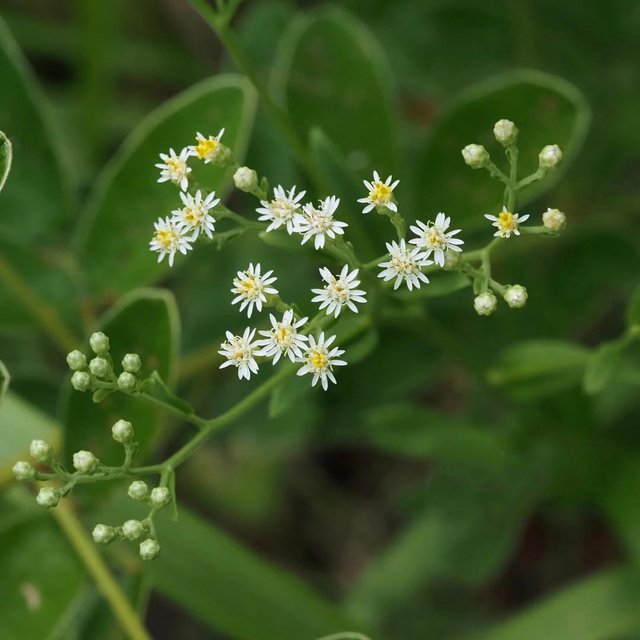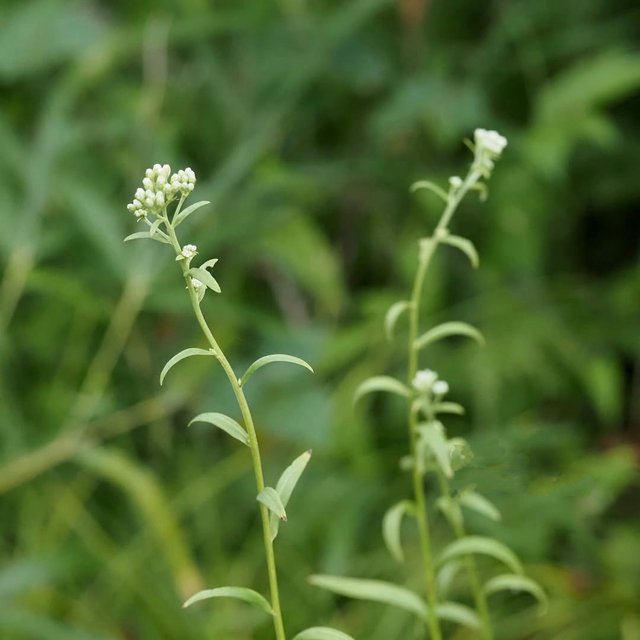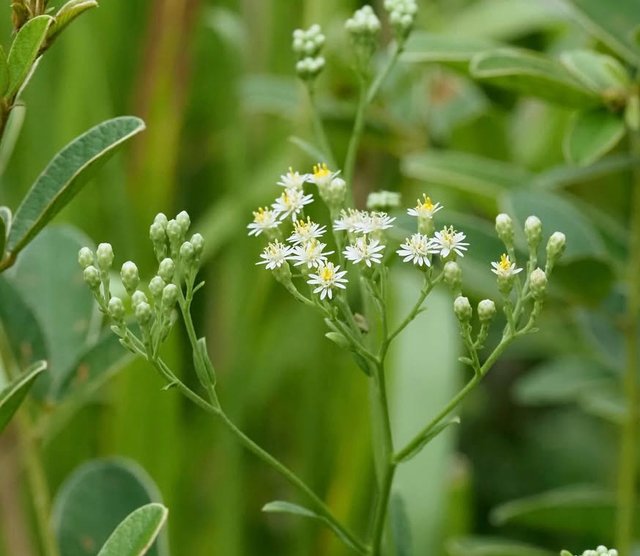Solidago ptarmicoides Flower
Solidago ptarmicoides commonly known as upland white aster or prairie aster is a perennial herbaceous plant its common name suggesting it is an aster it is actually a species of goldenrod and was formerly classified as Aster ptarmicoides this plant is native to North America and is most commonly found in dry prairies rocky slopes open woodlands and sandy soils especially in regions of the Great Lakes and central United States it is well adapted to challenging conditions and thrives in full sun with well-drained soils making it a valuable species for native plant gardens and prairie restorations.
Solidago ptarmicoides is easily recognized by its daisy-like flower heads which are unusual for goldenrods the flowers are composed of bright white ray florets surrounding a yellow central disk giving them an appearance more similar to asters than to typical goldenrod species the blooms are borne in clusters from late summer to early autumn providing an important source of nectar and pollen for bees butterflies and other pollinators during a season when many other plants have finished flowering the plant usually grows between 30 and 60 centimeters tall with stiff upright stems and narrow lance-shaped leaves that are arranged alternately along the stem.
Its overall form is compact and bushy making it a striking addition to wildflower meadows or naturalistic landscapes Solidago ptarmicoides is highly valued in ecological plantings because of its resilience and wildlife support it attracts a wide variety of pollinators including native bees hoverflies and butterflies and its seeds provide food for birds during the fall and winter seasons the plant is also drought tolerant once established and is resistant to most pests and diseases making it a hardy low-maintenance choice for sustainable gardening in addition to its ecological benefits Solidago ptarmicoides has been used traditionally in some Indigenous herbal medicine practices.




